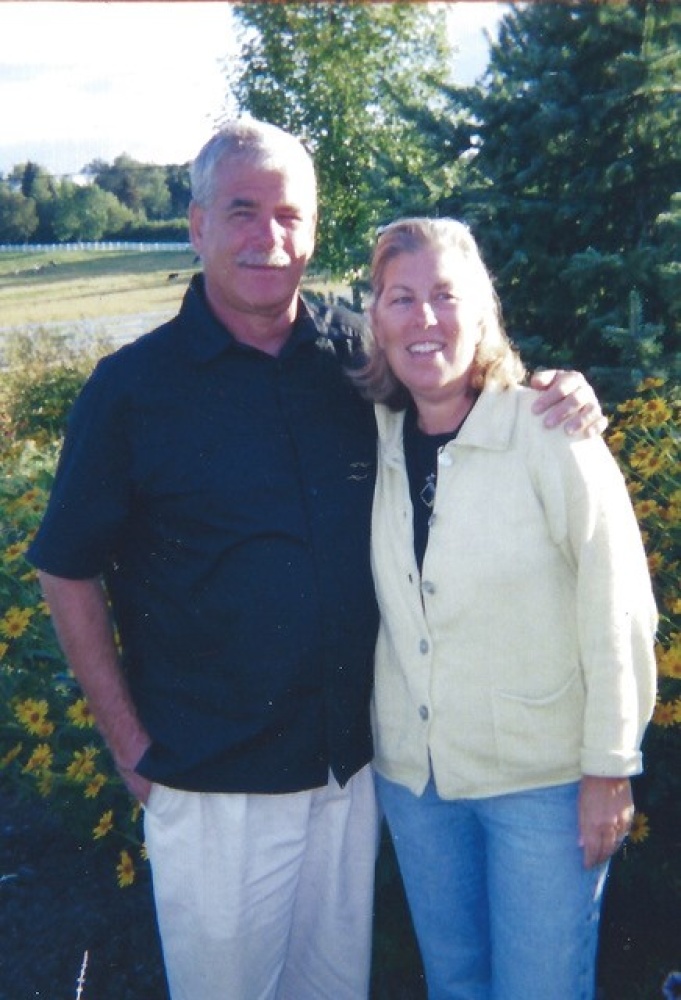
They grew up in the same house and still vacation together each summer, but Pam and Paula Gorgone do some of their best sisterly bonding when they’re giving platelets.
Every other Thursday, with rare exceptions, the siblings sit side-by-side at the Kraft Family Blood Donor Center and donate platelets. They chat, watch the news, and sometimes swap jokes or trivia questions with fellow donors as centrifuge machines draw their blood, remove the life-saving platelets, and then gently return their plasma and red blood cells.
Platelet donations take about 90 minutes, and they are life-saving for many cancer patients. Individuals with cancer – especially those with leukemia and lymphoma, as well as stem cell transplant recipients – have serious health risks because their blood does not clot properly. Transfusions of platelets, which possess tremendous clotting abilities, serve as “band-aids” for these patients, which is why Kraft Center regulars like the Gorgones are so important.
“It’s so easy – and so needed,” says Pam Gorgone of their joint visits, which the sisters began making shortly after their brother Chip’s 2007 diagnosis with chronic myelogenous leukemia (CML). “A lot of people in my world have had cancer, and I’m doing this for them.”

Foremost on that list, naturally, is Chip, who received a stem cell transplant from another sibling – their brother Peter – before dying at age 61 in 2009. Now, they feel very strongly about helping others.
The twosome has a simple and consistent ritual. Paula drives from her Watertown home to Allston and picks up Pam, who has a ceramics studio there. “Bye-bye, I’m off to save lives,” Pam will joke to her fellow artists, and then the sisters head to Dana-Farber. Pam’s platelets tend to run through the centrifuge machine faster, so she has her check-in interview first to get a head-start on her donation. They usually finish within 15-20 minutes of each another, and then head out to dinner.
“Platelet donors truly are so committed. We are so fortunate to have donors like the Gorgones whose lives have been touched by the work at Dana-Farber.,” says Malissa Lichtenwalter, supervisor for donor recruitment at the Kraft Center. “It makes their donation have an even deeper meaning and brings together a true sense of helping the community.”
Paula, the older sibling, is also the senior-most donor of the pair. She first started giving whole blood in the early 1980s, and then switched over to platelets around 1995 because of their tremendous value for individuals with cancer and other medical conditions including trauma, babies in the neonatal intensive care unit, and many other critically ill patients whose blood does not clot properly.
She estimates she’s currently at about 225 platelet donations; Pam is nearing 150.
“If I could give every day, I would,” says Paula, knowing full well that there is a one-week wait required between platelet donations. “All it takes is a single needle, and then you sit back and relax. My brother was so proud when Pam and I started donating together – I remember visiting his hospital room sometimes after we were done – and he’s looking down on us now.”
This summer has been tough for Paula. Surgery has kept her from donating for more than a month, and Pam (who doesn’t drive) has been busing from her studio to Dana-Farber.
“I’ve really missed it, and can’t wait to get back,” Paula says of her time off. “If we can help people going through an awful disease, I’m happy to do it.”
Learn more about the platelet and blood donation process. To find out if you are eligible, call 888-LETS-GIV (538-7448) or 617-632-3206, or email BloodDonor@partners.org.
